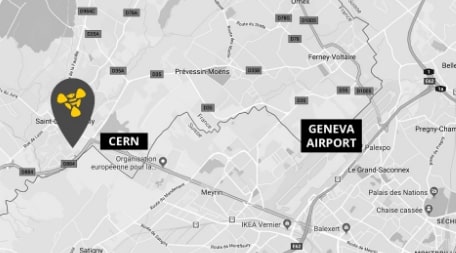How people counters can help optimize real estate expenditure
It can be difficult to determine the right proportion of your budget to spend on physical premises, with different industries using averages as varied as 2–20%.
What are people counters?
People counters are electronic devices that measure how many people are in a given space at any given time. Typically, this is done by monitoring the flow of people into and out of a room. Positioning people counters in entrances and exits allows building managers to count the number of people entering and exiting, thus enabling them to keep a running total of room occupancy.
One of the most valuable applications of people counters is in helping business owners answer the question of whether they are paying for more space than they need. Simply by installing people counters in doorways, business owners can rapidly quantify and assess whether their premises are being used efficiently and can take steps to manage their space more effectively.
People counters can even help determine whether a business would be better off downsizing their premises, enabling them to save a significant sum on rent and other building-related costs such as utilities and cleaning.

Why install people counters?
The data recorded by people counters is a rich source of insights into how your business space functions. Tracking how many people occupy a certain space over time – whether a shop floor or a meeting room – enables you to understand trends in how that space is being used, allowing better, informed decisions to be made regarding staffing, space allocation, and utilities.
For example, monitoring trends in customer traffic at a store can be used to predict customer behavior and optimize staffing and operations. Discovering which areas are prone to overcrowding or under-utilization in offices can inform better space and resource allocation. People counting data can even be used to automate heating, ventilation and lighting, resulting in significant savings in utility bills.
People counters enable business owners to answer important questions that have direct repercussions for profitability. Would a seldom-used meeting room be better repurposed into much-needed workstations? Is it worth it to have two members of staff at the welcome desk during peak times? Given that the pandemic has radically changed the workplace (1), with a shift towards hybrid working reducing the actual need for a large central office, are you paying for more space than you really need?
Introducing Terabee people counters
While there are many different people-counting technologies on the market (2), the Terabee People Counting L-XL and People Counting M work on the basis of infrared Time-of-Flight (ToF) technology. By emitting an invisible pulse of infrared light then measuring the reflected light, our people counters can view their surroundings in 3D. Built-in algorithms then use this data to determine the number of people in view, filtering out objects and counting people passing in both directions. The result is that Terabee people counters are accurate, reliable, intrinsically secure, and can be used in virtually any environment. They don’t capture the identities of people passing by the people counter, instead data is anonymous, and therefore GDPR compliant.
Whether you are considering repurposing existing space, thinking about downsizing to smaller premises, or are simply interested in getting a deep insight into how your space is used, Terabee’s people counters provide easy access to the data you need to make these decisions.

References and further reading
- CDC. Coronavirus Disease 2019 (COVID-19) – Interim Guidance for Businesses and Employers. Centers for Disease Control and Prevention https://www.cdc.gov/coronavirus/2019-ncov/community/guidance-business-response.html (2020).
- Outlining the latest 7 Types of People Counting Technologies. Terabee https://www.terabee.com/the-latest-people-counting-technologies-could-save-businesses-trillions/ (2019).









